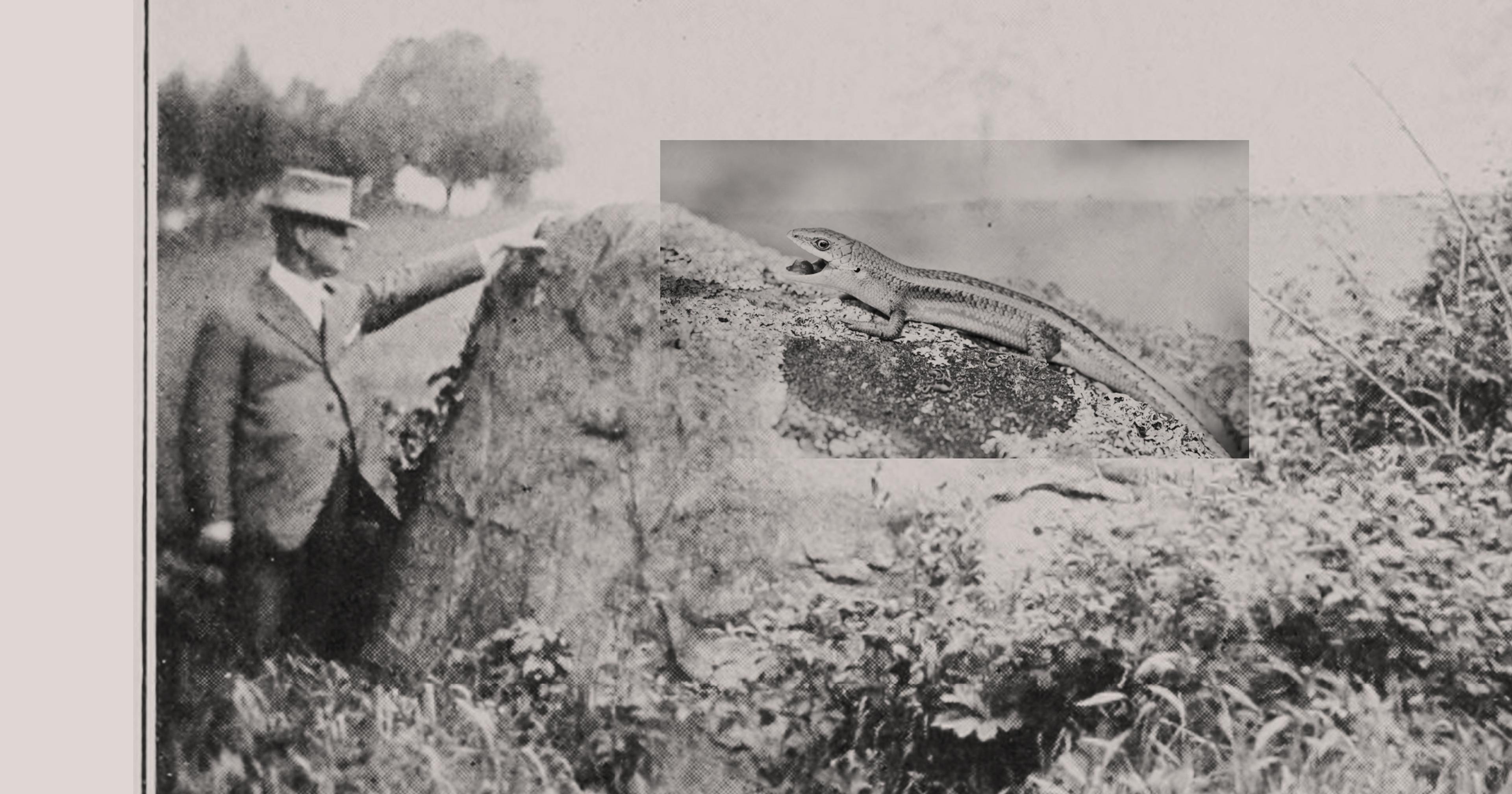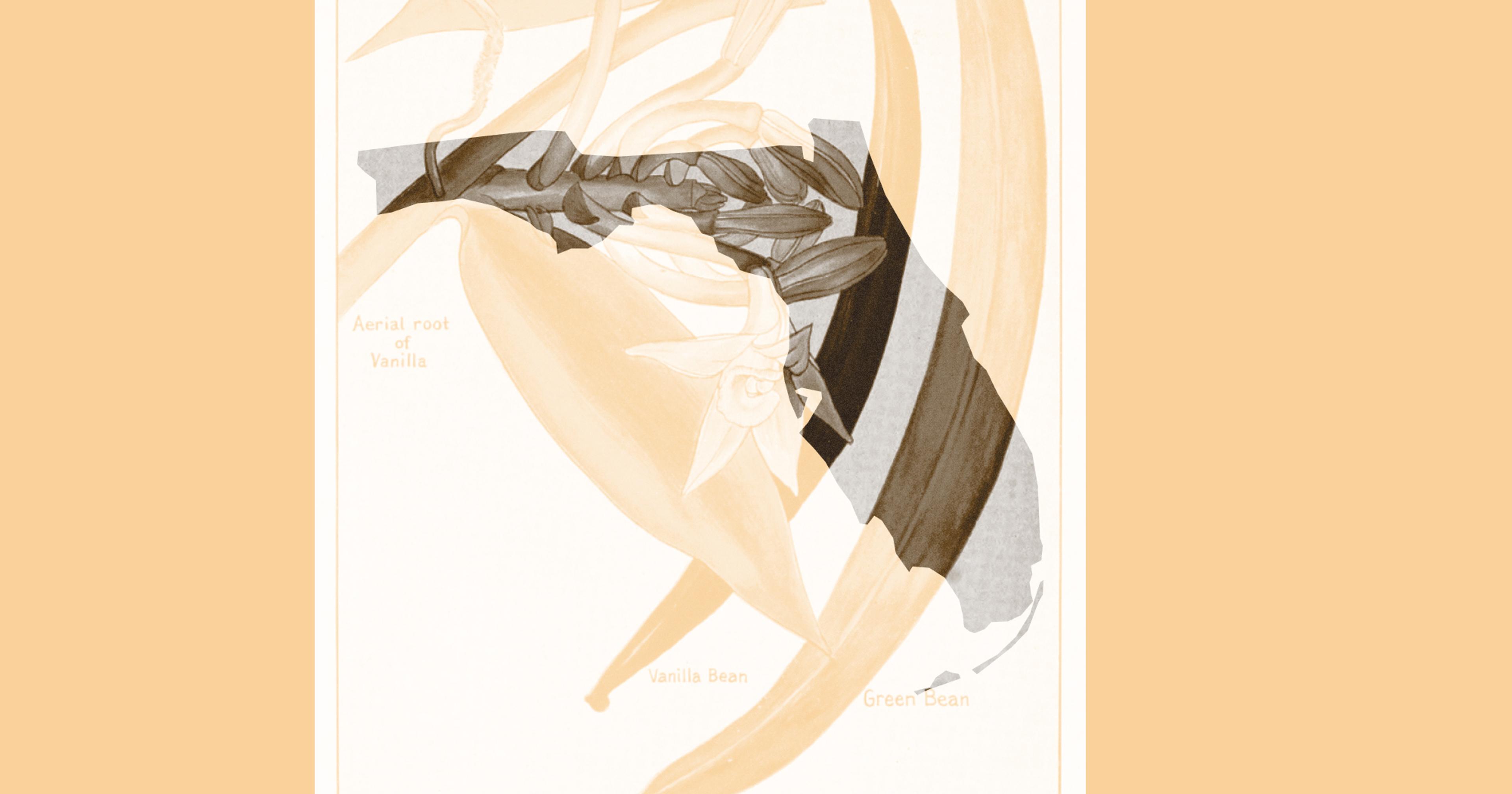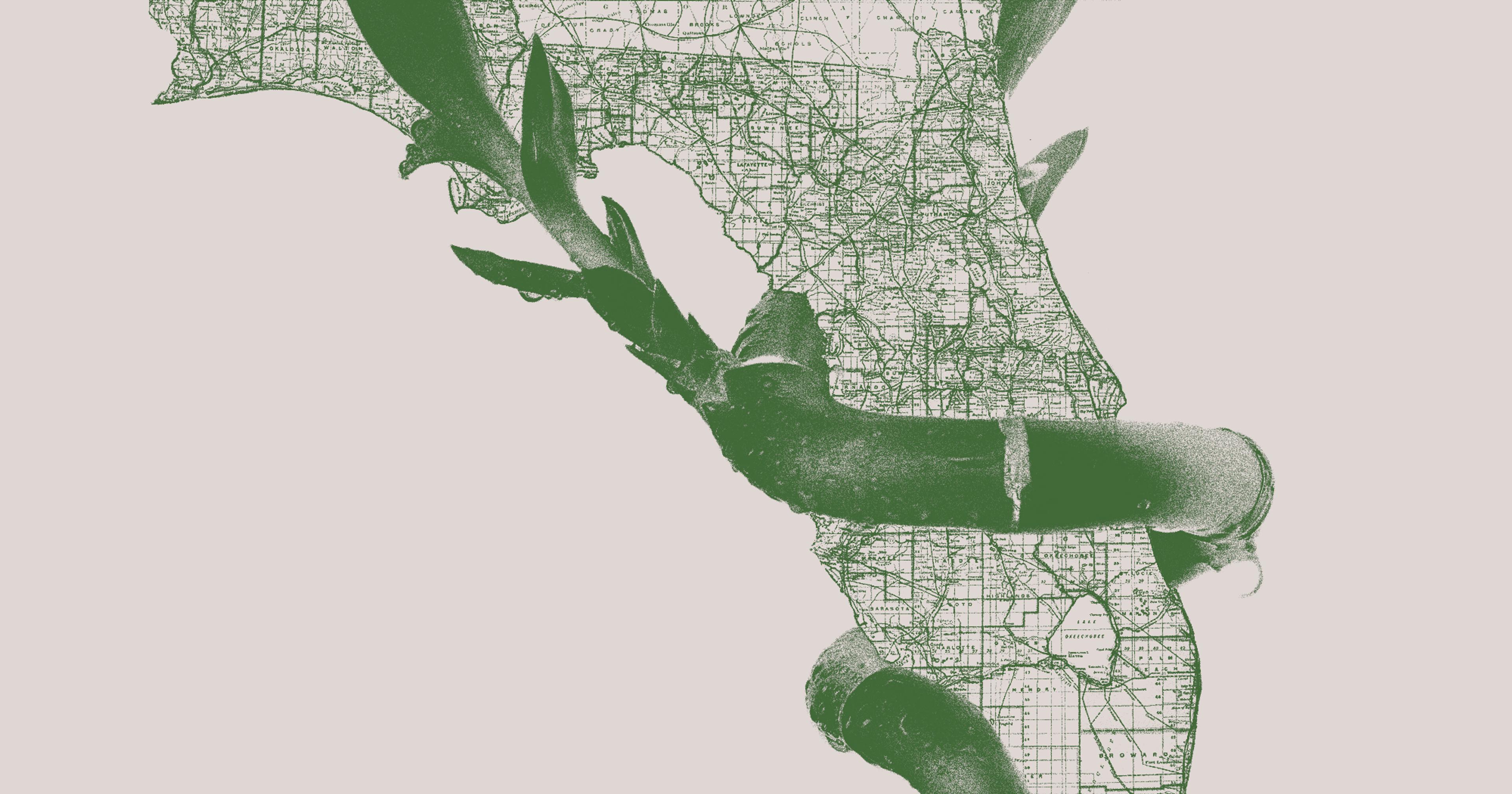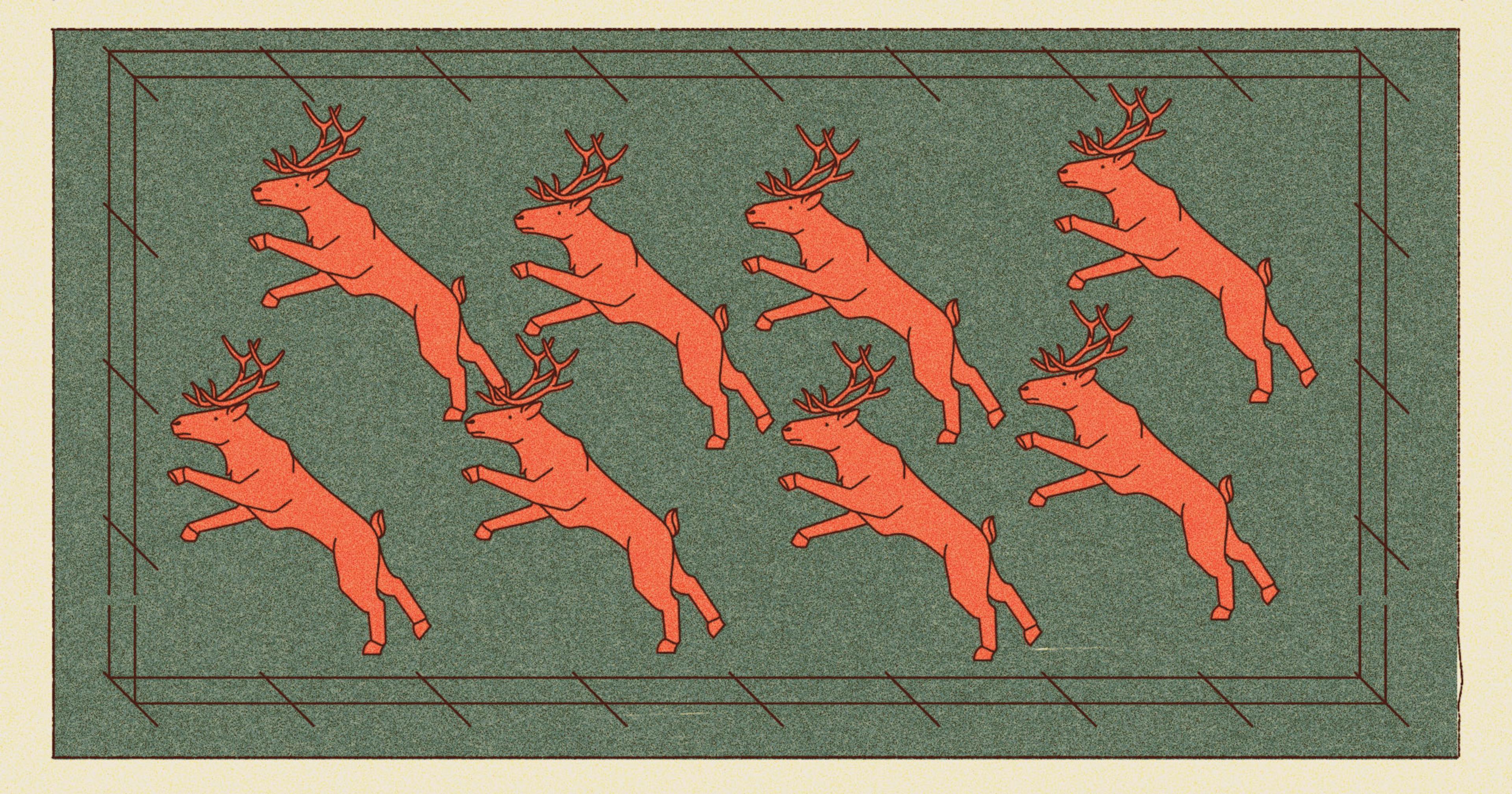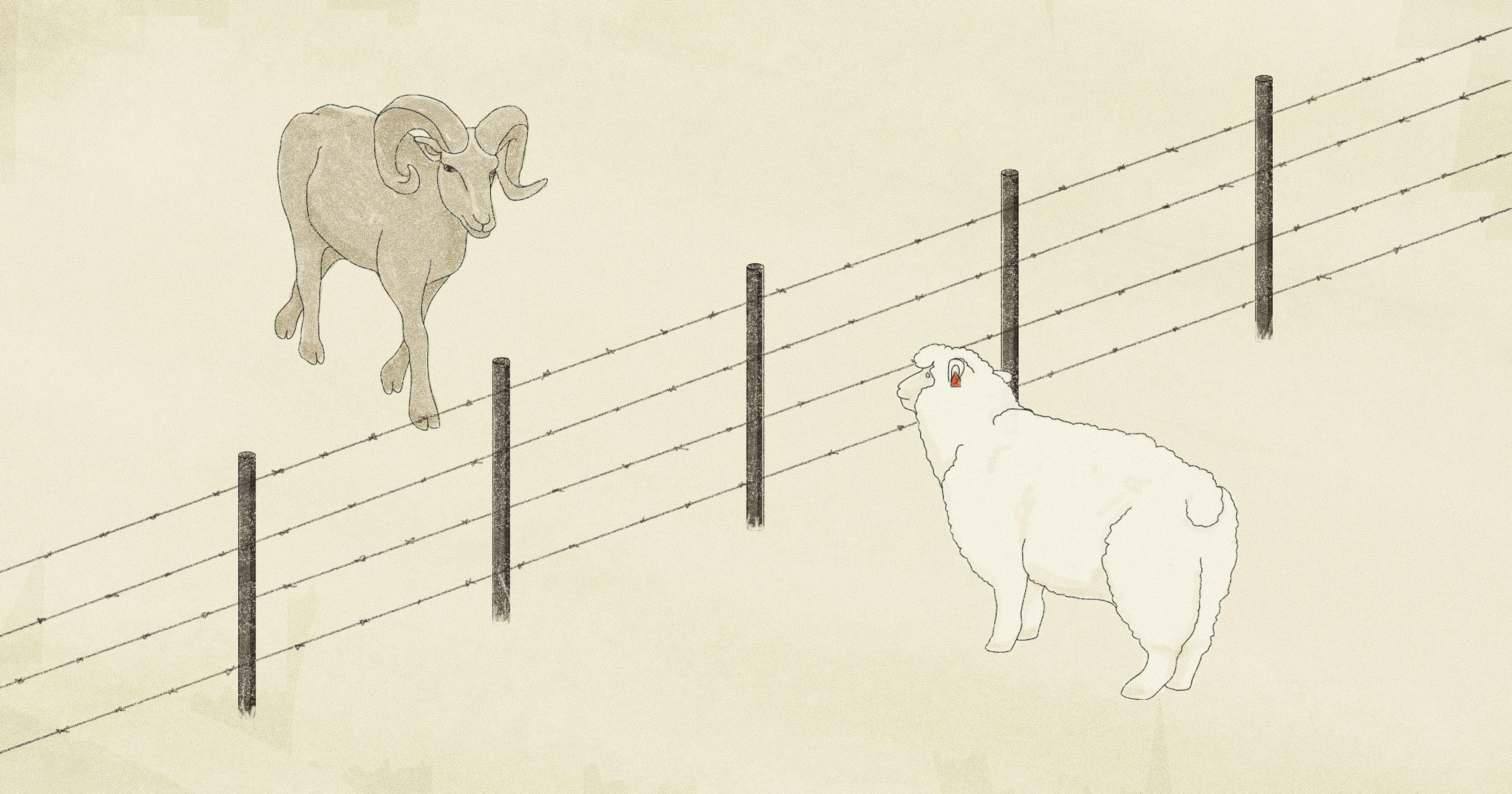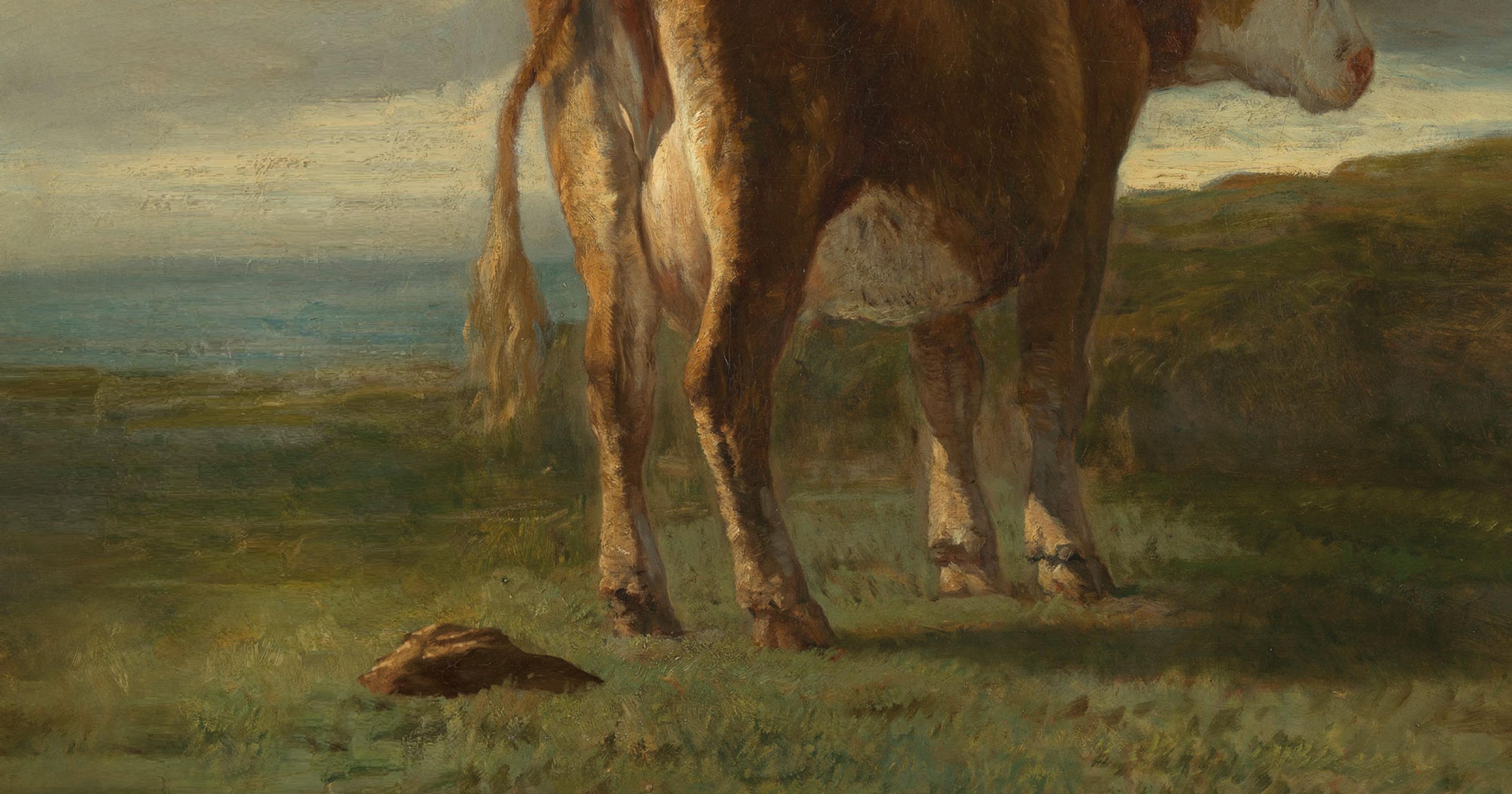On Long Island, a snail farmer explores the limits of niche agriculture.
Taylor Knapp isn’t quite sure he’s a farmer. He wouldn’t define himself as a rancher either. What would you call someone who raises, processes, and sells fresh snails?
A chef by training and alum of Noma — widely considered one of the best restaurants in the world — in 2017 Knapp launched his snail business, Peconic Escargot. Based in Cutchogue, a small hamlet on the North Fork of Long Island, the operation is his first foray into the world of animal husbandry. For now, he’s trying out the title “snail wrangler.”
The snails he wrangles (thousands at a time) are housed in a 300-square-foot greenhouse that uses a few fans and the occasional misting of water to keep them at the correct temperature and humidity. Knapp likes to note that there is no book on indoor snail farming in the U.S. In fact, there are few active snail operations in the states — Ric Brewer’s Washington-based Little Gray Farms is the only domestic counterpart Knapp has come across. So the Indiana native has leaned on the advice of foreign farmers, as well as a healthy dose of trial and error.
If you’ve eaten a snail in this country, odds are it came from overseas. In 2021, the United States imported 385 tons of snails, two-thirds of which came from two countries: France and Vietnam. France alone reportedly has around 400 active snail farms. What Knapp is offering is an alternative: a fresher, local product that chefs can point to as a selling point for their dishes. But without a playbook to guide him and mired in incipient bureaucracy, the 35-year-old has been forced to find his own way.
Early on, for example, Knapp fed his snails cornmeal. What he didn’t realize at the time was that cornmeal found in the U.S. is much more coarse than the cornmeal used by his European snail farming counterparts. The result? Hundreds of constipated snails swelling up like balloons.
“That was just one example of something going horribly wrong,” Knapp said.
One community has proved a surprising wellspring of useful information: pet snail owners. Unlike international farmers, who typically keep their snails outdoors, pet snail enthusiasts have sussed out the best practices for indoor snail care such as humidity requirements and optimal feeding schedules.
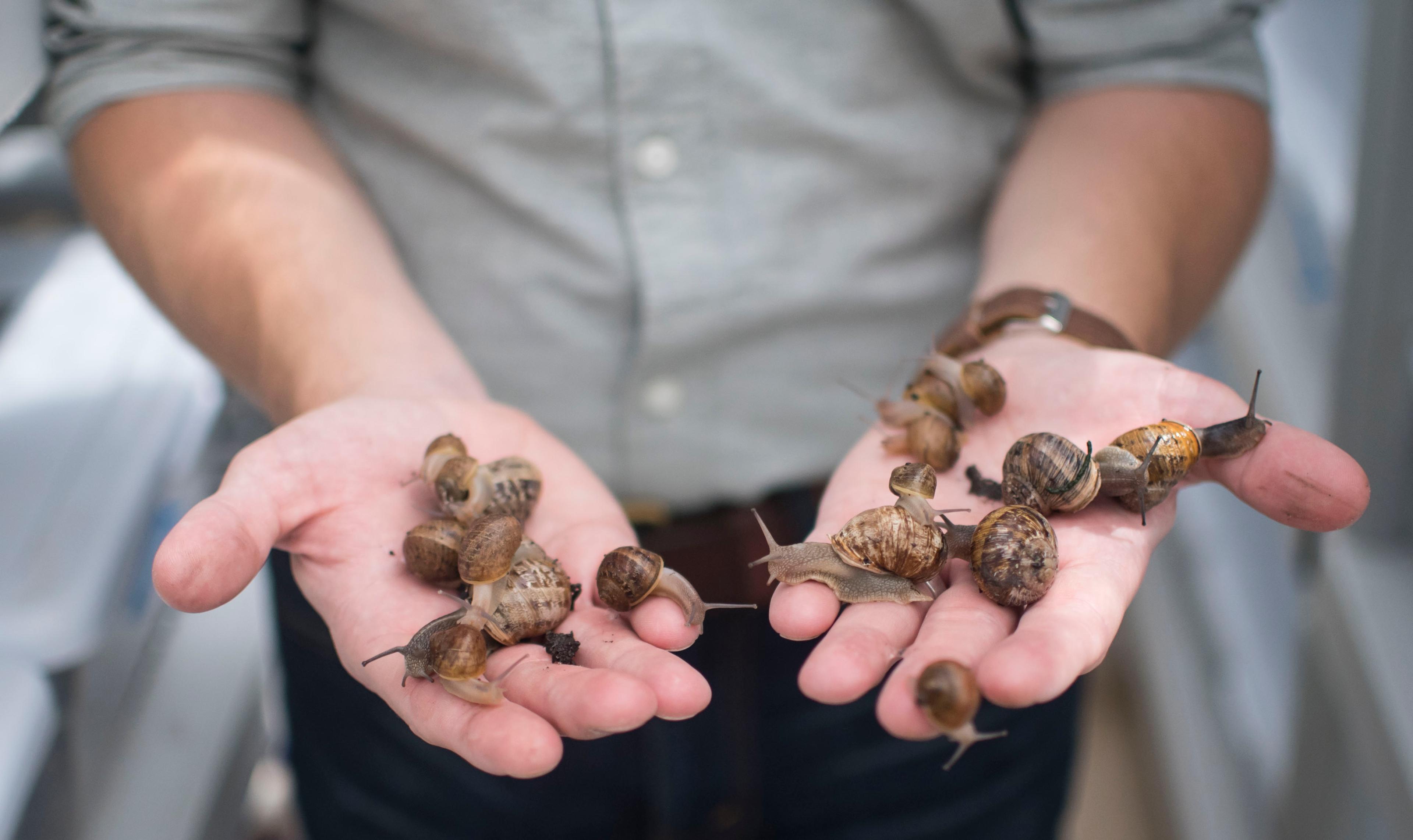
Handfuls of petit gris snails
·Photo provided by Peconic Escargot
Much like bees, snails are fairly self-sufficient. Peconic feeds its snails a mixture of dirt, spent brewery grains, and greens like dandelion, mugwort, burdock, and clover. The terroir affects the flavor in a big way, according to Knapp, giving the finished snails an earthy, nutty, herbaceous taste.
It’s difficult to put an exact date on when humans began eating snails. Archeologists have found evidence (Read: piles of crushed snail shells alongside ash and fire-cracked rock) at various European sites known to be occupied by humans 10,000 years ago. Some historians have even suggested that snails were the first animal domesticated by humans.
In the words of British historian Felipe Fernández-Armesto, author of “Near a Thousand Tables: A History of Food,” it makes sense that our ancestors viewed snails as an easily cultivated source of calories.
“Compared with the large and intractable quadrupeds who are usually claimed as the first domesticated animal food sources, snails are readily managed,” Fernández-Armesto wrote.
“[Snails] can be raised in abundance and herded without the use of fire, without any special equipment, without personal danger and without the need to select and train lead animals or dogs to help. They are close to being a complete food.”
In North America, there is also historical evidence of snail consumption at a variety of archeological sites across the continent, said Timothy Pearce, assistant curator of mollusks at the Carnegie Museum of Natural History. In the 1800s, Europeans migrating to America brought with them various non-native species, which have resided here ever since.
“Snails can be raised in abundance and herded without the use of fire, without any special equipment, without personal danger and without the need to select and train lead animals or dogs to help.”
Pearce estimates there are roughly 500 native species of land snail (including slugs) in eastern North America alone. When we spoke, he had just received a request to peer review a paper regarding a newly discovered snail species.
“There are plenty of reasons why we should care about snails,” he said. “They are really important in the food web. If you think about mother birds in the springtime, she’s going to lay a clutch of eggs and the eggs are coated with calcium carbonate. Where are they getting all that calcium carbonate? It’s from eating snail shells.”
Although not exactly a staple of American cuisine, outside the U.S. snails remain a popular food in dishes from Malta to Morocco. Unlike Knapp’s operation, most of the farms that raise and harvest the roughly 80,000 tons of snails consumed globally each year are outdoors. More space means higher volume and better scaling. Knapp would prefer to work outside too, but the USDA won’t allow it.
The agency considers petit gris — the species Peconic raises, a smaller relative of the large Burgundy snails found in most classic French restaurants — a non-indigenous, herbivorous mollusk. As a potential invasive species, anyone who wants to farm them must first acquire a permit (specifically a PPQ 526) and perform their entire operation in a contained, APHIS-inspected indoor facility.
The USDA’s caution in this situation is not without reason: Invasive snails have a history of damaging ecosystems in the U.S. In June, giant African land snails were spotted in Florida, marking a return for the species which has been described by the state’s Department of Agriculture as “one of the most invasive pests on the planet, causing agricultural and environmental damage wherever it is found.” Petit gris, too, have been found to damage native grasses and act as a vector for disease.
“People who want to grow snails, who generally want to grow non-native species,” Pearce said, “they’re butting heads with the feds, the U.S. Fish and Wildlife Service, who doesn’t want these non-native snails to escape. Fish and Wildlife discourages snail farming. And if they are going to allow it, then they put heavy regulations in place.”
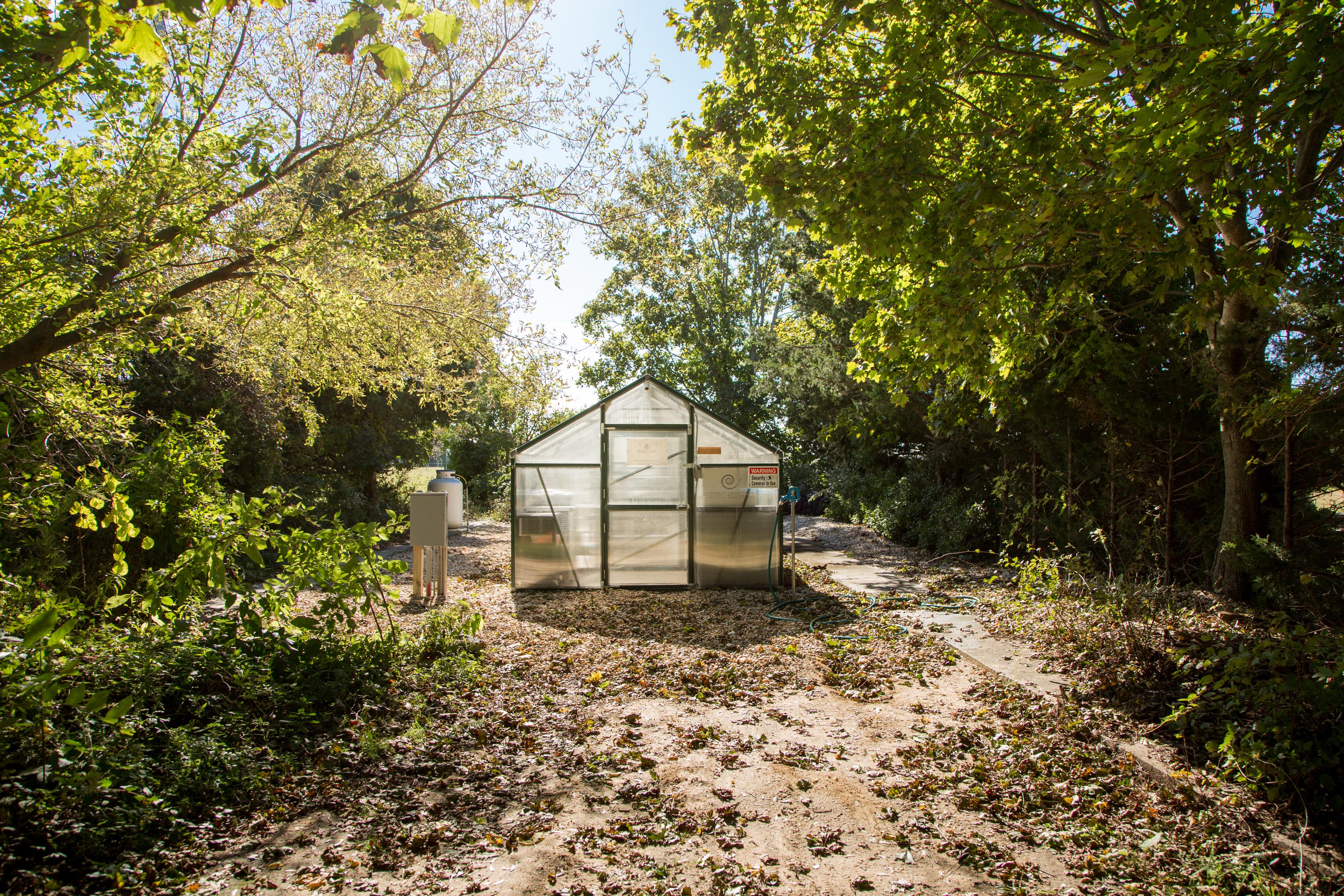
Indoor greenhouse for raising snails
·Photo provided by Peconic Escargot
Given the size of the current market, using a greenhouse and otherwise following USDA containment protocol hasn’t posed a problem for Knapp. But the barriers to entry for any aspiring heliciculturalist means that the domestic industry for fresh snails has remained small, keeping prices high. Knapp hypothesizes that having more domestic snail farmers could lead to greater demand and adoption on American plates, though considering the often sclerotic nature of cultural dietary preferences, it’s unclear how this would actually play out.
“Imagine if there were three oyster farmers in the entire United States. How many people would be interested in eating those things? Probably not many because they (would be) hard to get ahold of and expensive,” Knapp said.
Kevin Brighton, who runs the website Escargot World, said that he’s seen a marked uptick in interest in snail farming, particularly during the depths of the COVID-19 pandemic when people were turning to hobby farming.
“The fact that you can grow snails in a farm with a very low footprint, especially compared to cows and pigs and poultry, it makes a lot of sense,” Brighton said.
“It seems like something special or exotic to us, but data shows people were eating snails in prehistoric times. In Italy and Greece, we’ve spoken to people whose grandfather’s grandfather’s recipes had snails in them,” he added. “It’s not something new, it’s just getting more popular as time goes by.”
On the heels of the pandemic, Peconic has just recently regained its footing in terms of sales figures. Niche, alternative ag operations are generally going to be more sensitive to upheaval in the food industry, Knapp said, and COVID was a perfect example of this. Needing to cut costs and entice customers back, restaurants and chefs leaned into safe comfort foods, shying away from anything experimental or out of the ordinary.
“No one goes to the grocery store and has escargot on their shopping list.”
“There’s nothing wrong with that, but it seemed like before COVID restaurants were more willing to bring on these scarier ingredients,” Knapp said. “I’m hoping the more we get COVID and all that craziness in the rear view mirror, we start to see restaurants branch out again.”
While restaurants make up the majority of his customer base, Knapp is working to expand his offerings to retail consumers. This has proved a tricky proposition because, as he put it, “no one goes to the grocery store and has escargot on their shopping list.”
As part of this effort, Peconic is experimenting with products like a ready-to-bake tin of snails in Bourguignon butter. Then there’s Peconic’s popup restaurant on Long Island, which features an eclectic snail-forward menu. The company is also exploring diversifying to other markets, including harvesting snail slime, or mucin, for use in cosmetics. It even sells a children’s book called “Let’s Eat Snails!” But shifting the dial when it comes to an entire country’s food culture feels at times a Sisyphean struggle, Knapp said.
“Figuring out how to reach that audience that has never tried a snail and is on the fence about it is really the most crucial thing,” he said. “Are you hanging out by the pool on a Saturday with a bottle of champagne? Throw some of these in the oven and have some baguette ready with your cheese plate.”
Knapp is quick to get comparative when it comes to his farm, thinking about where the operation could or should be. But when he finds himself slipping into that mindset, he reminds himself of the reason he got into the industry in the first place.
“Getting really fantastic-tasting snails that are incredibly fresh to our chefs week in, week out without fail is the most important thing,” he said. “Anything we can do on top of that is icing on the cake.”


